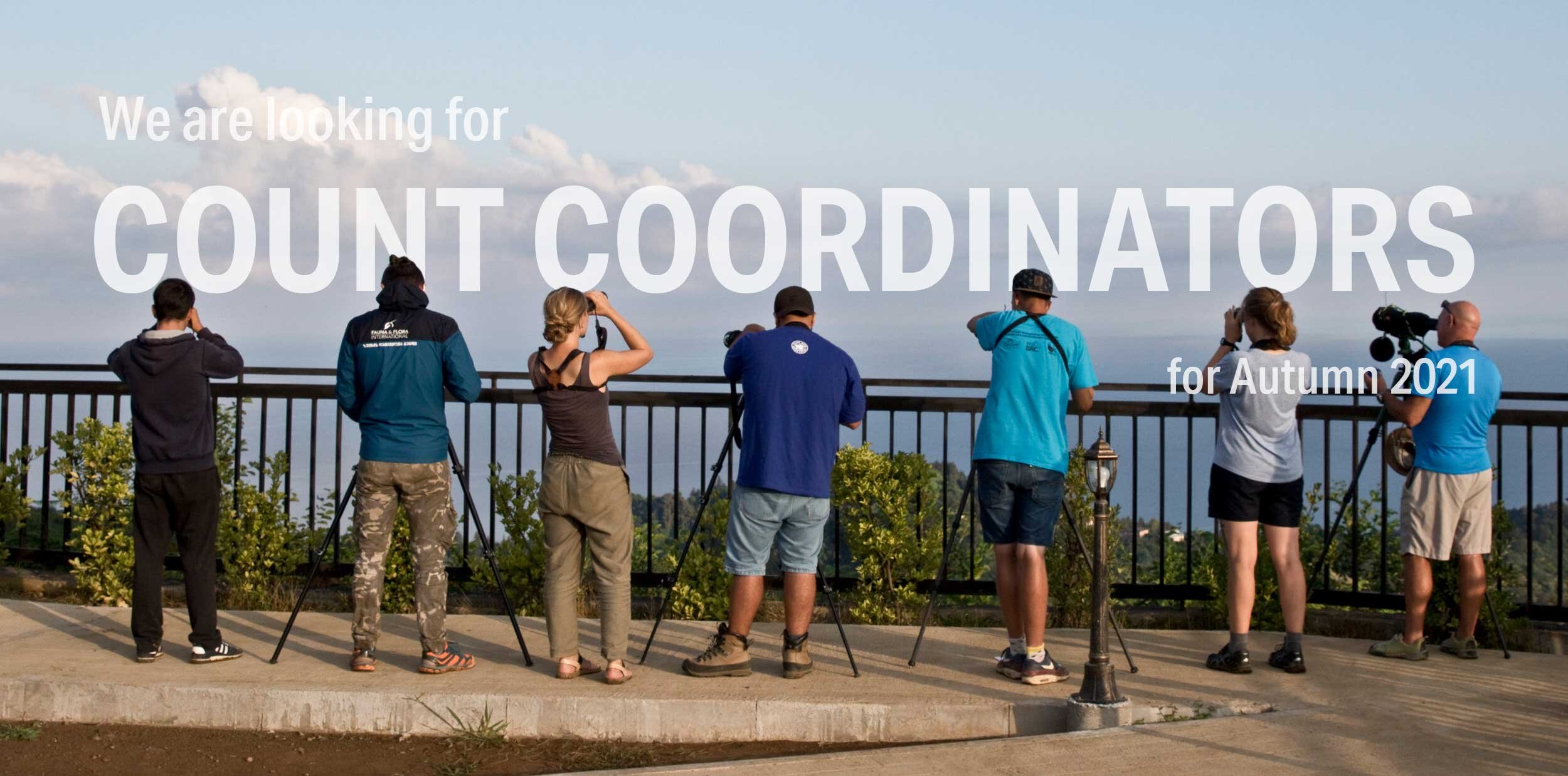BRC: A model for migration monitoring in new BirdLife review
A new Sandgrouse paper, initiated by Ben Jobson (BirdLife International), reviews the challenges and opportunities for monitoring of migratory soaring birds in the East African-Eurasian flyway. In it, Batumi Raptor Count is highlighted as a key site to monitor the migration of numerous soaring birds, and a best practice model for migration monitoring in the region. That achievement would not have been possible without the collective effort of all volunteers that have allowed us to conduct counts over more than a decade; rigorous data collection, management and analyses; and striving for the highest possible standards in open and reproducible research. Currently, there are more migration counts conducted across the flyway than ever before. We hope this renewed interest will boost collaboration among sites and eventually secures funds for long-term monitoring across the flyway.
Abstract
Monitoring of migratory soaring birds at flyway bottlenecks is vital for informing population estimates and detecting population-level changes, since monitoring these species on their breeding grounds is notoriously difficult. Since the last review of bottleneck monitoring in the Red Sea/Rift Valley flyway over 15 years ago, there has been progress to coordinate and standardise monitoring along flyways around the world for various avian groups, from waterbirds to raptors. The same period also saw dramatic improvements in our understanding of migratory routes through the development of remote tracking technologies. This article reviews current monitoring of major bottlenecks for migratory soaring birds in the East African-Eurasian flyway. We summarise developments in migratory soaring bird monitoring and research and identify priority locations for implementing standardised and coordinated monitoring initiatives. Our review identified 10 sites that have recorded one of the three highest counts for the 12 main migratory soaring bird species in the flyway, and can be considered priorities for targeting future monitoring. Additionally, we provide recommendations to progress coordination and standardisation of monitoring across this globally important flyway.
Now Open Access: From migration counts to conservation in a flyway under threat
In the August 2020 issue of British Birds, we published a long-form paper on Batumi Raptor Count. It summarises the 12-year history of BRC, provides a detailed description of a typical autumn migration season, and outlines some of our education and conservation plans for the future. We are happy to announce this article has now been made available open access, for everyone to read.
Photo by David Erterius.
On top of that, Wim Bovens and Olivier Dochy, have kindly offered to translate the article to Dutch for our audience in Belgium and The Netherlands. This translation was published in Natuur.oriolus and is now available open access too.
Abstract
Since 2008, the Batumi Raptor Count project has monitored the autumn migration of raptors at Batumi, on the eastern shore of the Black Sea in southwest Georgia. What started as an expedition by young birders has become an invaluable project for monitoring raptor populations in the little-studied east African–Palearctic flyway. Autumn raptor migration through the Batumi bottleneck is notable for globally important concentrations of Honey-buzzards Pernis apivorus, Montagu’s Circus pygargus, Pallid C. macrourus and Marsh Harriers C. aeruginosus and accounts for at least 1% of the global breeding population of ten raptor species. By stimulating migration-based ecotourism, the project has had a significant economic impact on the communities where the count stations are located, which has increased societal and political support to reduce the widespread illegal raptor shooting in the region; it has also developed an important educational role for schoolchildren and older students. This paper summarises the 12-year history of the Batumi Raptor Count, and provides a detailed description of a typical autumn migration season. The project aims to expand its education and conservation remit while continuing to monitor one of the world’s biggest raptor migration bottlenecks.
Download the articles
Article in British Birds
English
Article in Natuur.oriolus
Dutch
Count Coordinators for Autumn 2021
We approach the future with hope in our hearts and have started planning the BRC Autumn Count 2021. The count will run from the 12th of August until the 21st of October. We are searching for brave count coordinators to lead the team of raptor counters in one of the most magnificent bottlenecks in the world.
Surely, there are many unanswered questions regarding the pandemic, and we are closely following its course. However, counting more than one million birds takes some planning and if we do not start the preparations now, later is too late.
If you are interested in the position, please continue reading for more information and submit your application by the 31st of March.
PS. Applications to volunteer counter positions will be opened in April.







